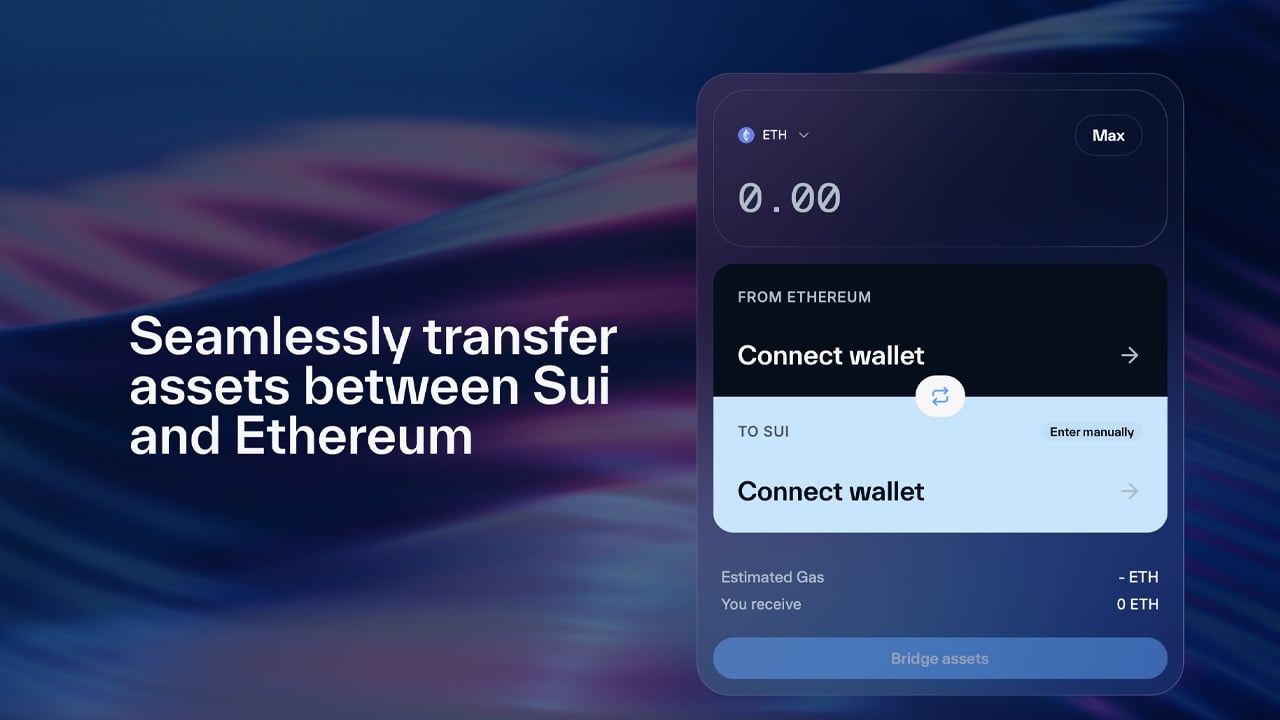According to the foundation’s blog post, the launch of the Sui Bridge is a key step in Sui’s efforts to improve interoperability within the Web3 ecosystem. By offering an in-house solution, the bridge enhances connectivity between decentralized finance (defi) applications on both Ethereum and Sui, facilitating smoother asset transfers.

Sui operates as a layer one (L1) blockchain, addressing scalability and performance challenges in Web3. The L1 employs parallel transaction processing, a distinct object-centric data model, and the Move programming language to boost security. Designed for high-throughput applications, Sui aims to deliver rapid finality, low latency, and horizontal scalability to accommodate a range of use cases.
Unlike third-party solutions like Wormhole, the Sui Bridge relies on the network’s validators for security, ensuring that transactions receive the same protection as other onchain operations within the Sui ecosystem. Currently, the bridge supports ETH and WETH transfers, with plans to expand its capabilities and asset range in future updates.
According to the Sui Foundation, the interface is designed for ease of use, allowing participants to connect their Ethereum and Sui wallets, choose a token for transfer, and initiate the bridging process. Most tokens are automatically sent to recipients on Sui, though in rare instances, the foundation said that some users may need to manually claim their tokens.
Looking ahead, the Sui Foundation plans to expand the bridge’s functionality to accommodate a wider array of assets and use cases. Liquidity will also transition from existing WETH-USDC pools to ETH-USDC pools, reflecting Sui’s ongoing evolution in the decentralized finance landscape. The foundation also expressed gratitude to early testers for their valuable feedback, which helped refine the user experience.
免责声明:本文章仅代表作者个人观点,不代表本平台的立场和观点。本文章仅供信息分享,不构成对任何人的任何投资建议。用户与作者之间的任何争议,与本平台无关。如网页中刊载的文章或图片涉及侵权,请提供相关的权利证明和身份证明发送邮件到support@aicoin.com,本平台相关工作人员将会进行核查。




